Hypercars are diverging in the 2020s. Down one path, luxury and sports car brands old and new are exploring the potential of electrification, either as assistance to combustion or on its own, often with horsepower figures well into the thousands.
On the other, a smaller group of boutique car makers extract ever more potential from internal combustion engines. They have less power, but arguably stir the soul more than their quieter counterparts.

It doesn’t take long to figure out which camp the new Pagani Utopia is in. Displacing six litres of Mercedes-AMG V12 power, boosted by a pair of turbochargers, and developing 864bhp and 811lb ft of torque, the only notable electric motor is the one that fires it up.
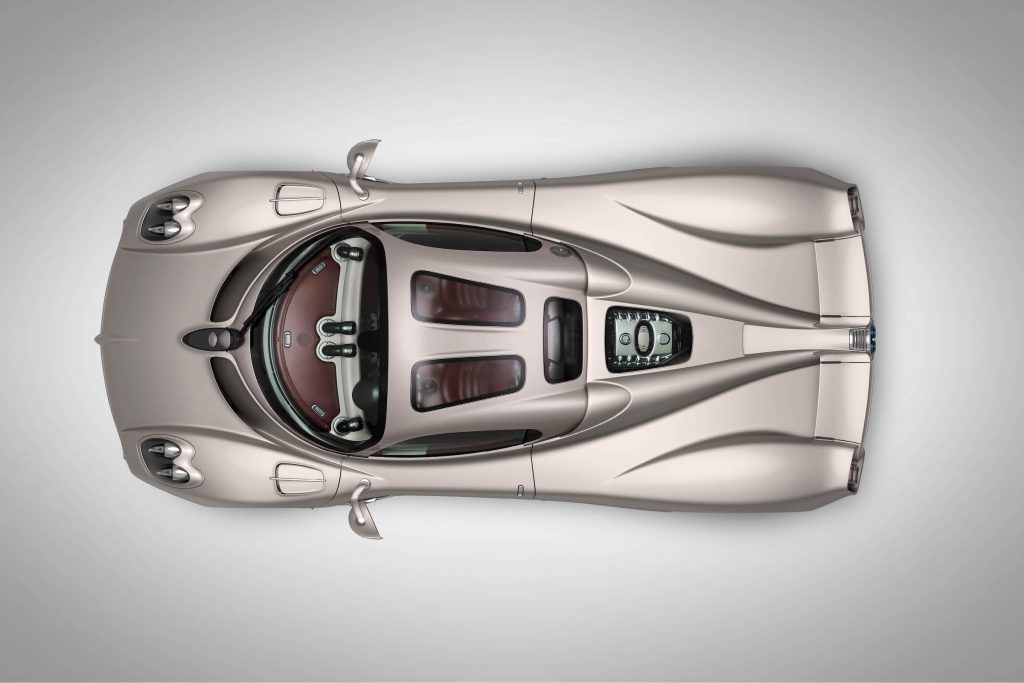
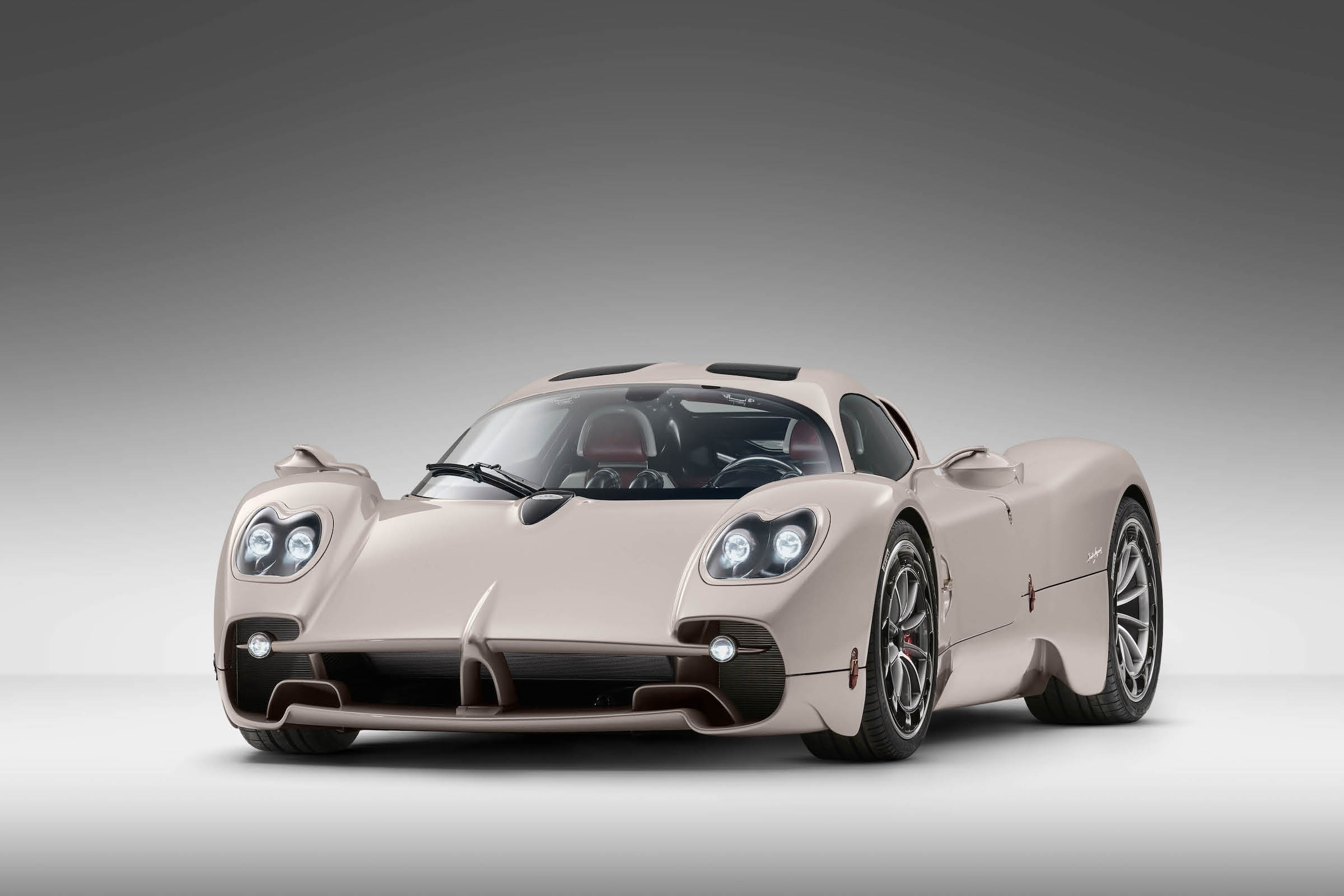
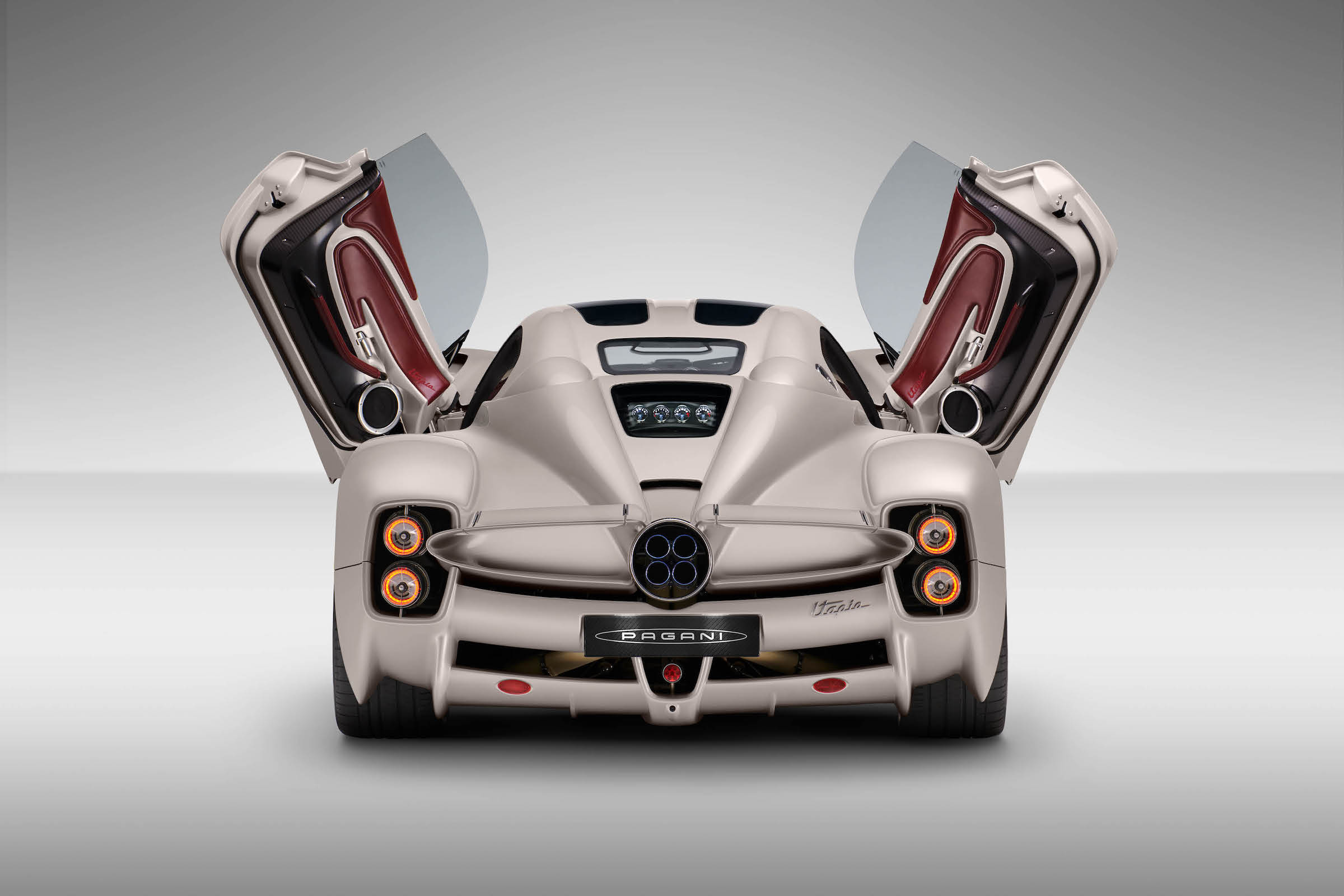
The Utopia belongs to an even smaller subset of the latter, more analogue hypercar camp, joining only the cars emerging from Gordon Murray Automotive and, depending on how you interpret it, the latest Koenigsegg CC850, in using a manual gearbox.
It’s a bold move, given even the existing Pagani Huayra uses a dual-clutch transmission, but then Horacio Pagani is nothing if not bold. Pagani calls the use of a manual a philosophical decision; a DCT is too heavy and robs the driver of precise control, and there’s even a lighthearted dig at Koenigsegg with the comment that ‘a virtual manual would not be acceptable’.
The seven-speed unit has been developed in conjunction with Xtrac, and for a gearbox claimed to be small and light, it must have been no mean feat creating one with mechanicals able to stand up to 811lb ft of torque.
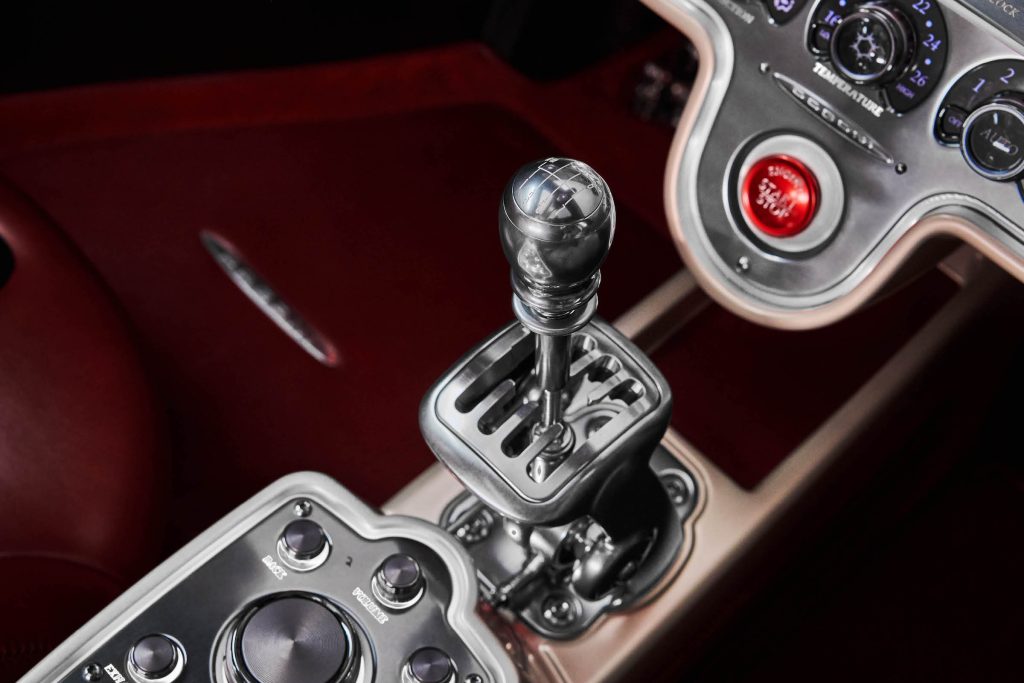
Pagani’s carbon fibre monocoque underpins the new Utopia, itself light and strong (painful though it is to think of, Pagani has run more than 50 ‘severe’ crash tests during its development), with aerospace-grade aluminium double wishbone suspension hanging off each corner.
The bodywork is carbon fibre too – a whole new kind, in fact, developed specifically for aesthetic applications. It’s sure to be a treat up close; Pagani was among the first in the supercar sphere to use carbon weave as an aesthetic element on its own. All-in, weight is quoted at 1280kg.
Let’s take a step back and talk about that overall shape though. It’s every inch a Pagani: at a glance, a kind of cross between the Zonda and the more recent Huayra. That F16-style, teardrop-shaped cab-forward look is retained, and with a pair of glass panels in the roof it probably feels not unlike a jet fighter cockpit inside too.
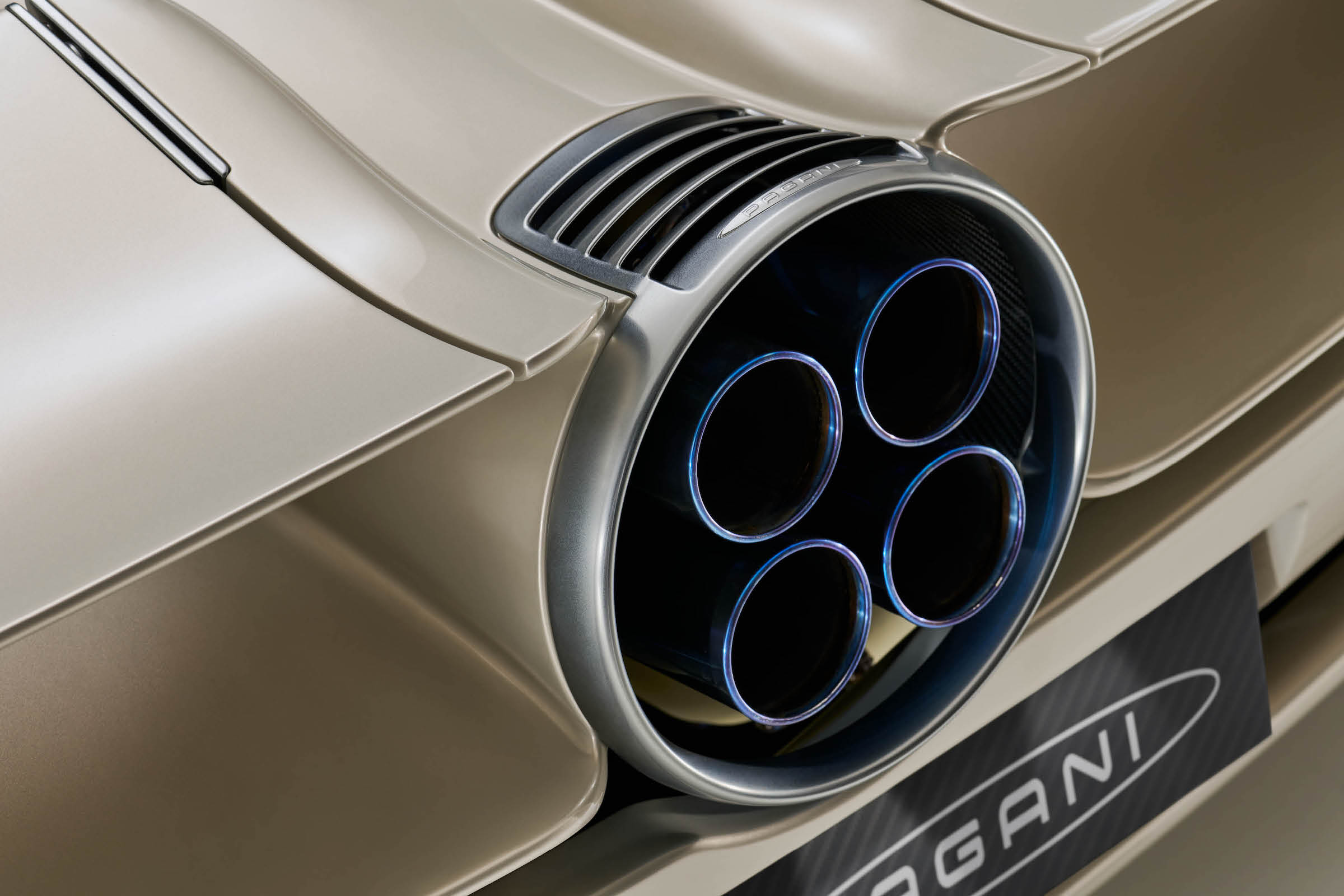
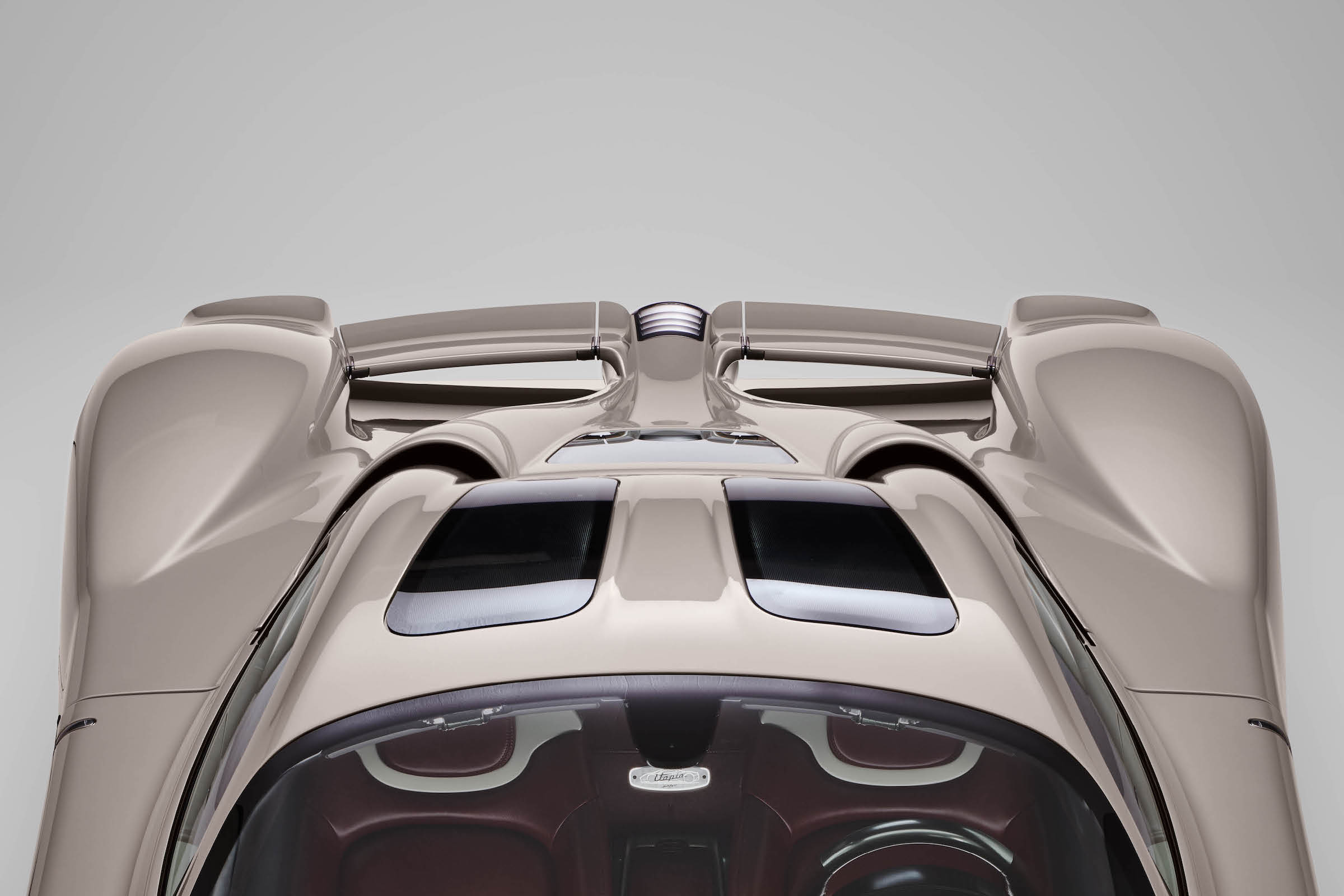
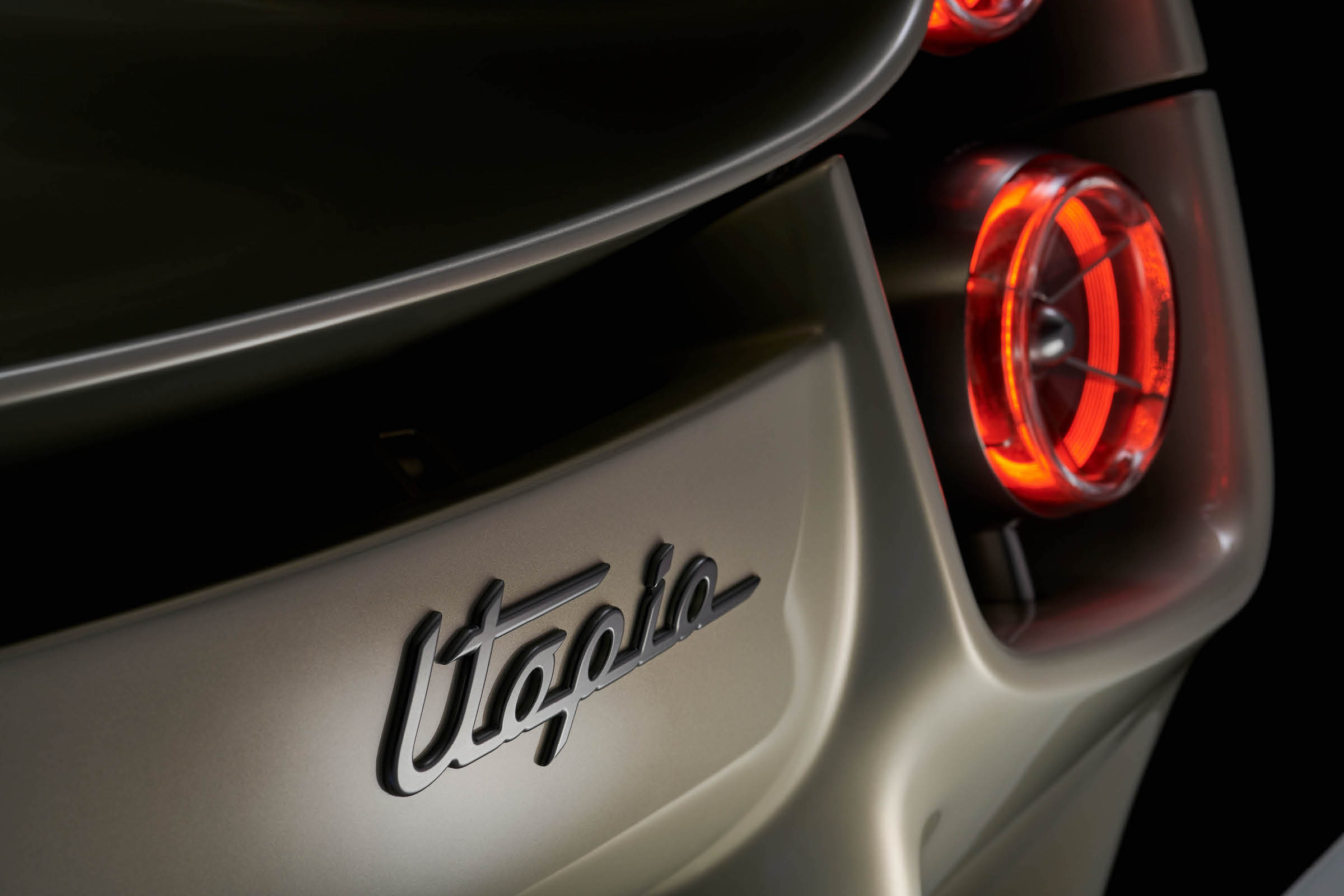
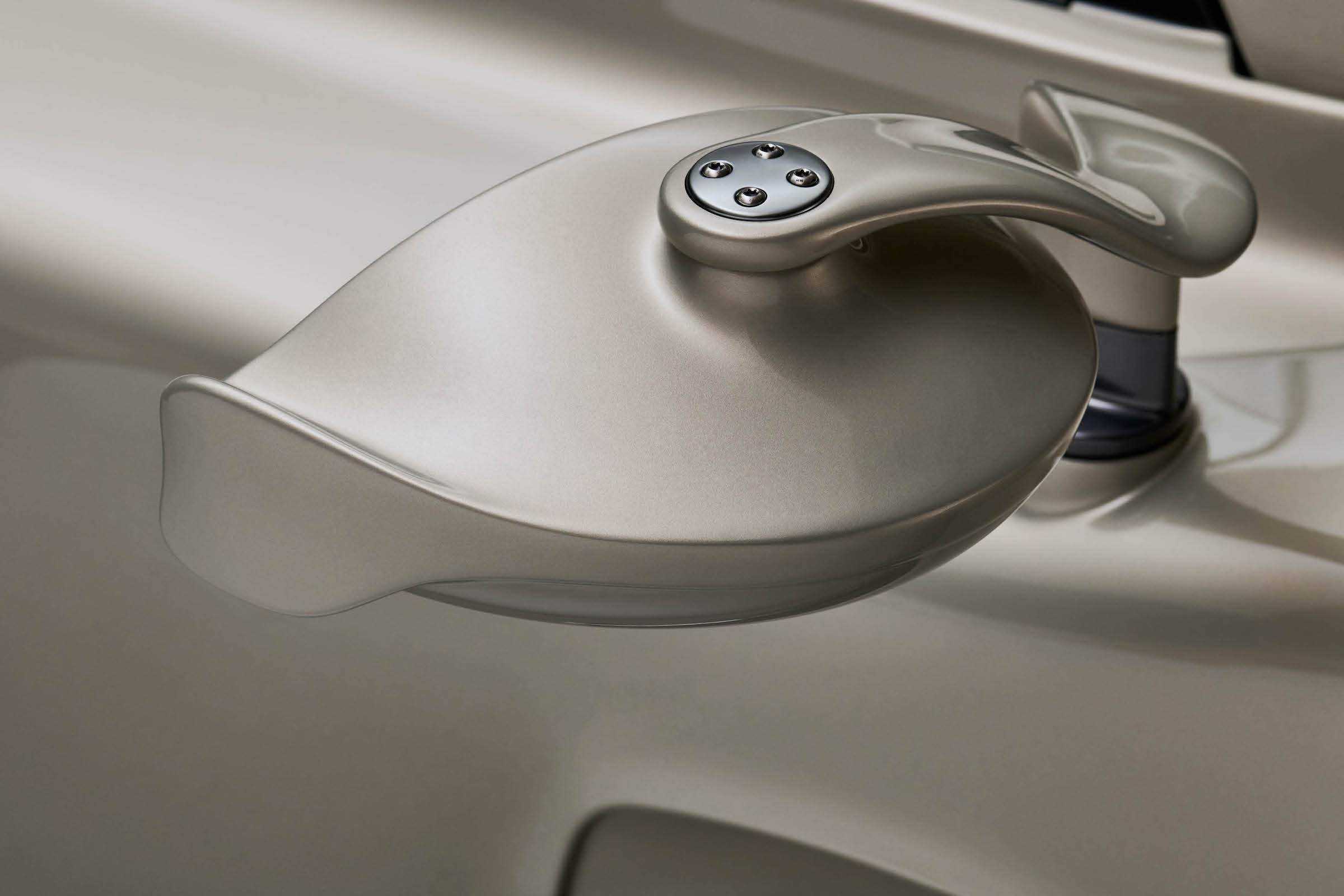
Other familiar Pagani touches include the twin shrouded headlights, slim nose vents, stacked rear lights, and of course the quartet of tailpipes set centrally at the rear. The details are perhaps a touch busy in places, but the extent of Pagani’s personalisation means there’s no doubt improvements to be made from colour and trim alone.
As if often the case with its cars, the cabin is busy too, but here that’s less of a criticism and more an excuse to get lost in the details – few brands do interior theatre like Pagani. Central to the look, literally and figuratively, is the open gate for that seven-speed manual with its exposed mechanism beneath.
But even the gauges and switches are a work of art, and we’d like to draw your attention to the absence of a central touchscreen. What could you put on a screen that could possibly be more engaging than the rest of the car?
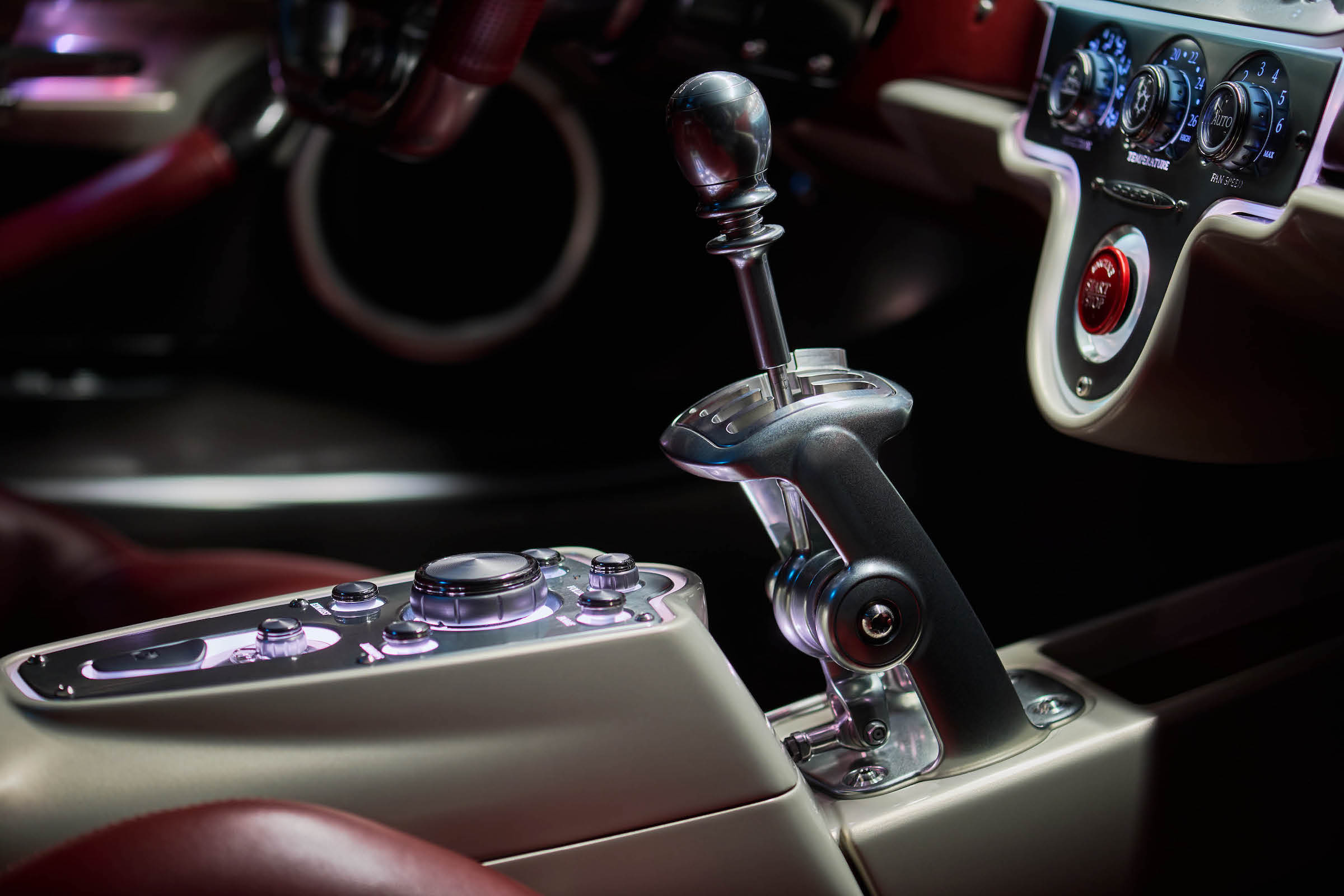
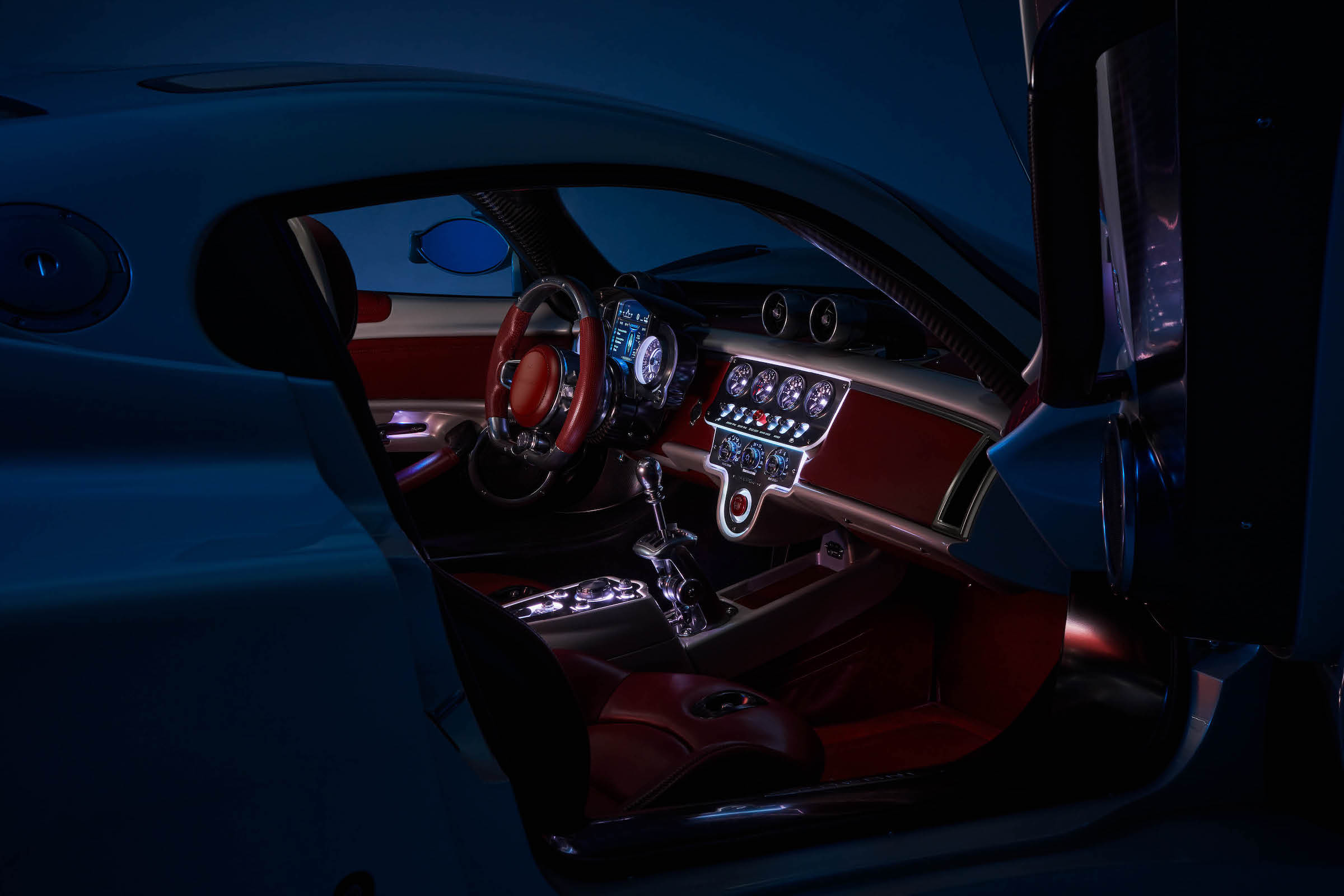
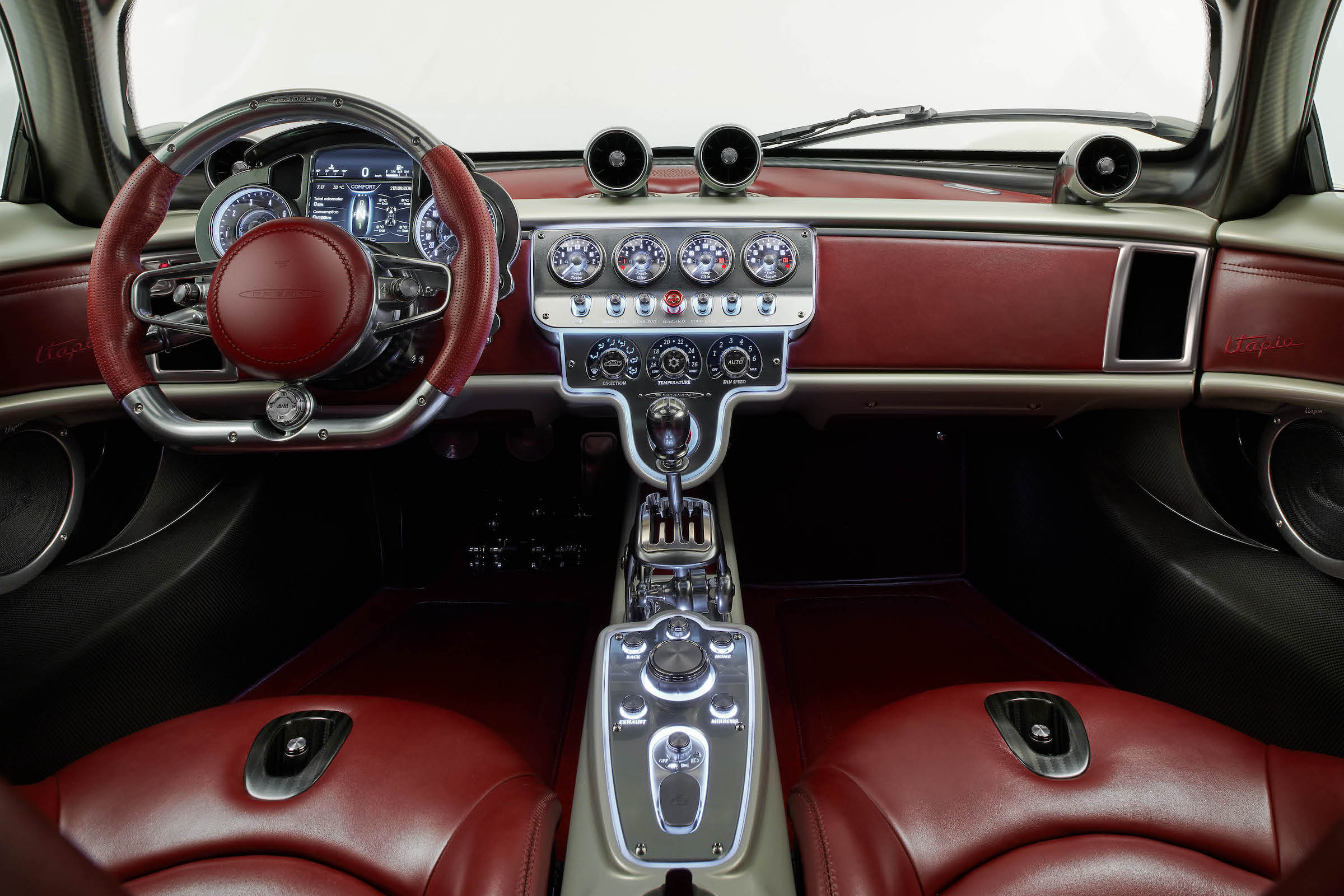
Pagani – the man, rather than the company – calls the Utopia the work of “more than four thousand stylistic drawings, ten scale models, one wind tunnel model, two 1:1 scale models and countless ideas, research and experiments on eight complete prototypes for a team effort that lasted more than six years.”
The first cars have already been ‘assigned to privileged enthusiasts’, and while no price is quoted, the 99 customers will, at the very least, enjoy the privilege of one of the few – possibly even one of the last – manual supercars.
Read more
Pagani goes long with the Huayra Codalunga
Ariel Hipercar gets 1180bhp of electric oomph… and a gas turbine
Driving the Greats: Bugatti EB110














